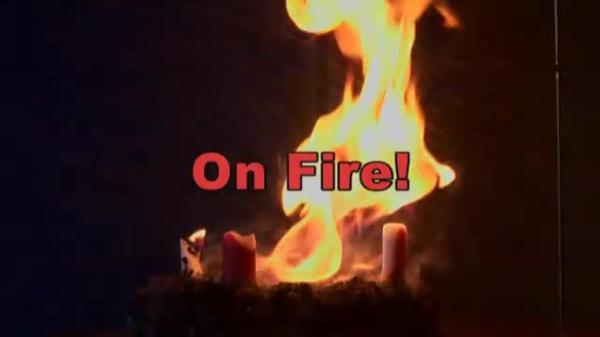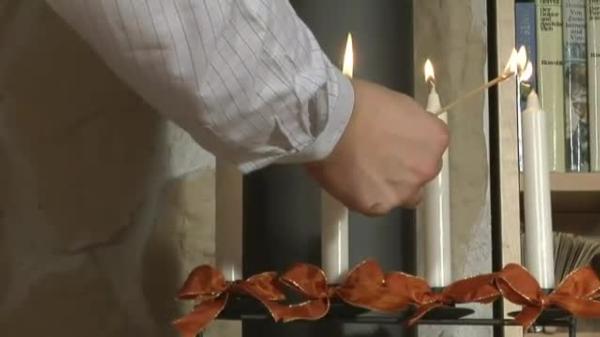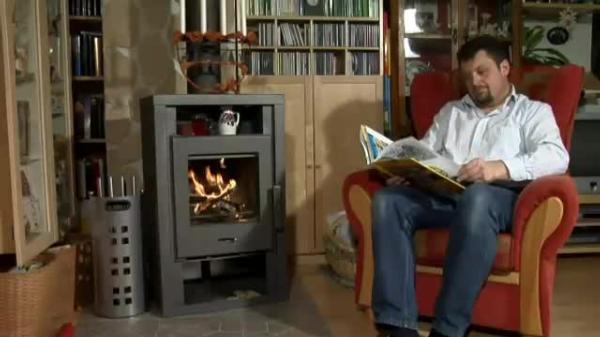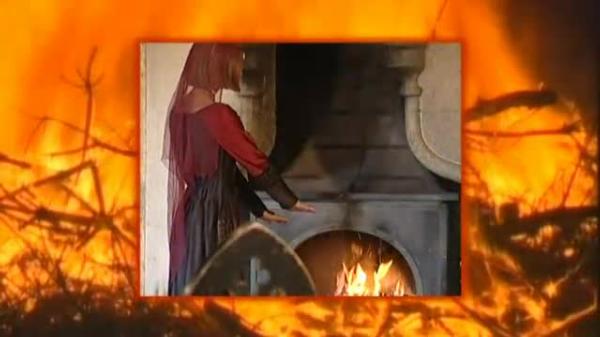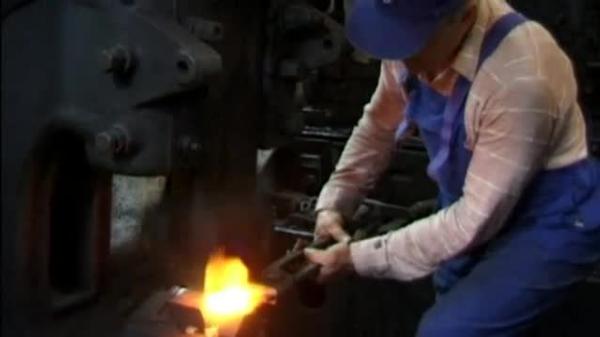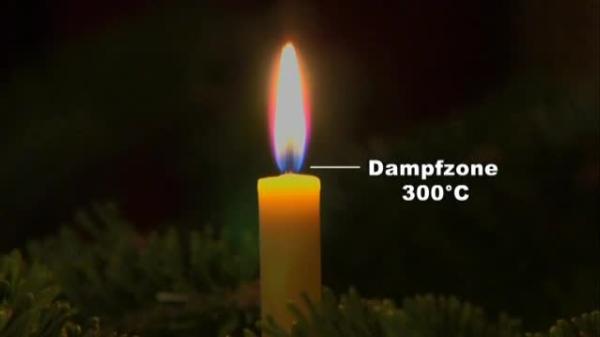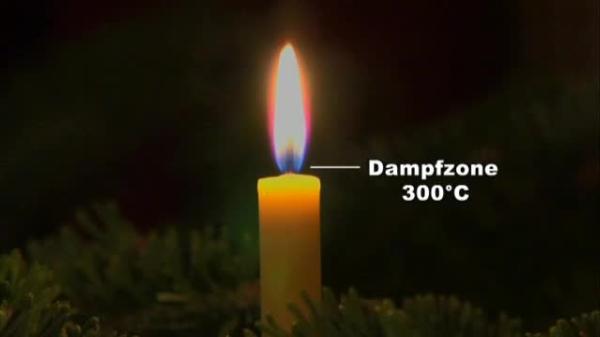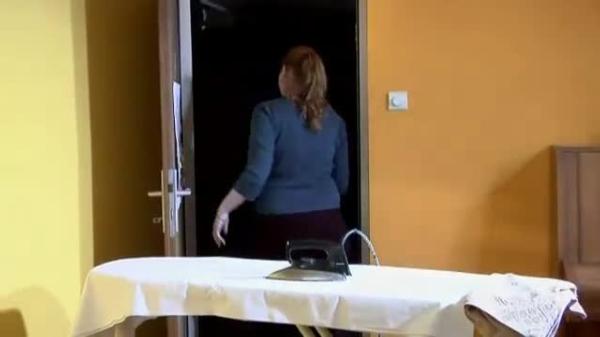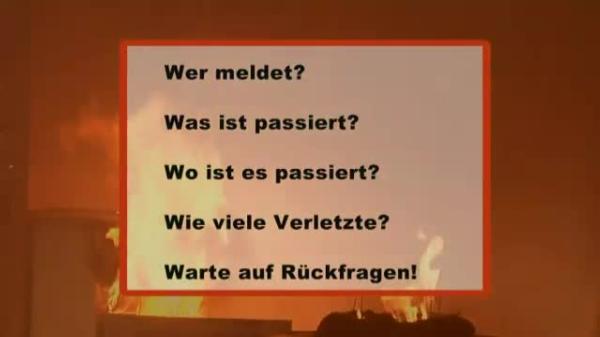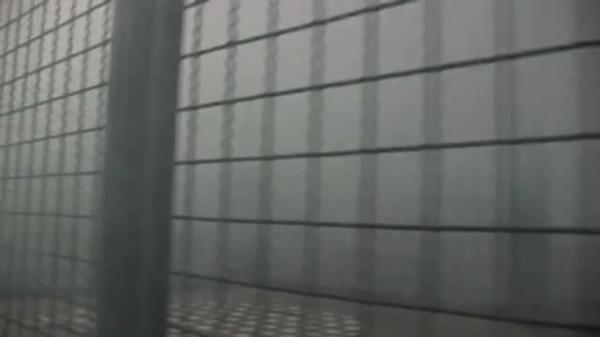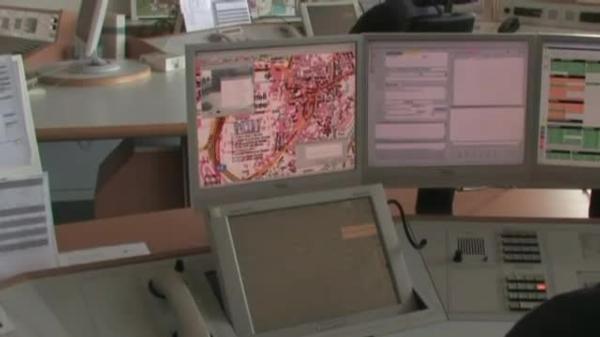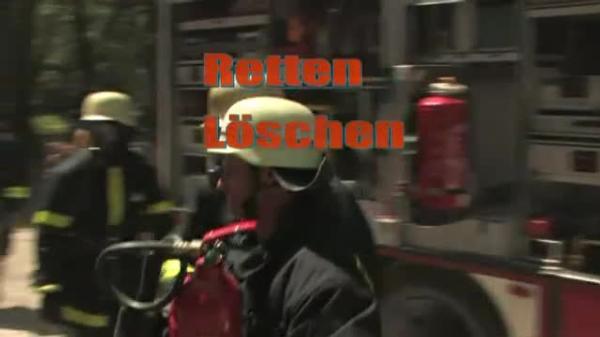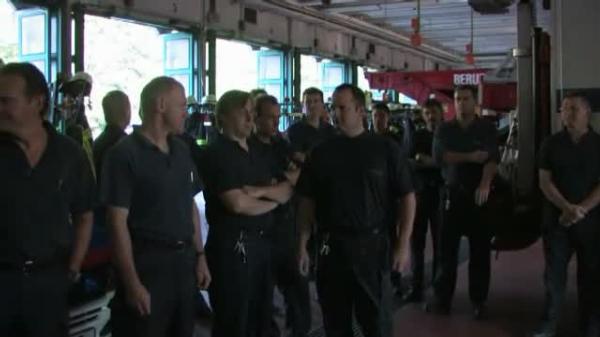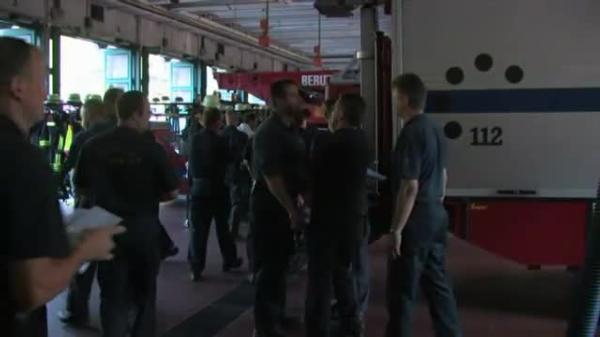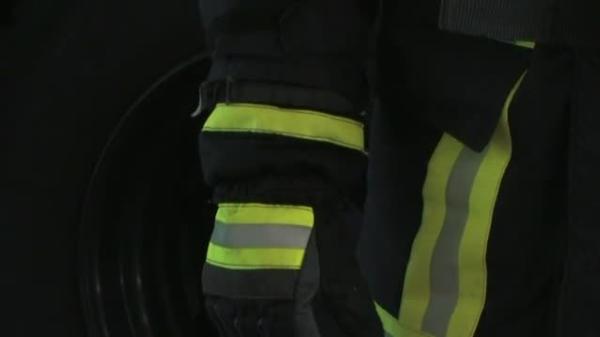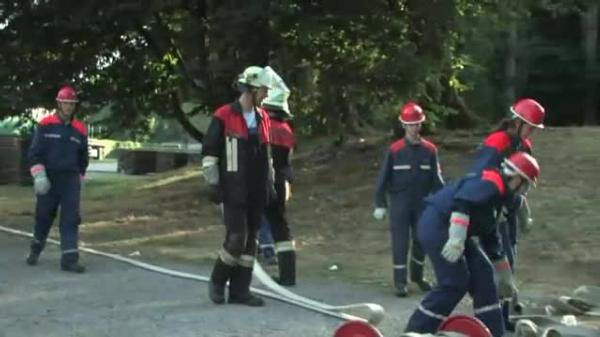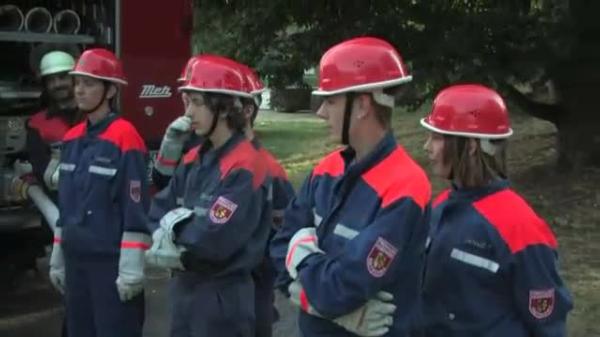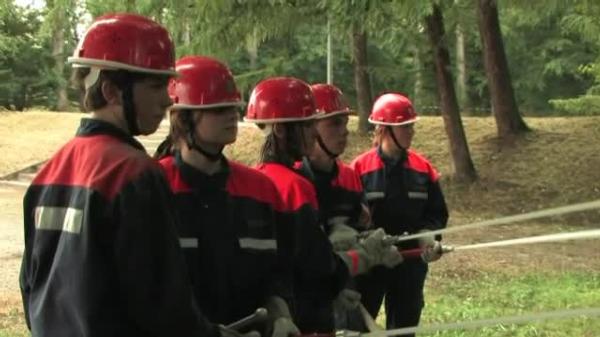Es brennt!
Feuer und Feuerwehr

On Fire!

Fire and Fire Brigade! 1. Fire - a Vital Element 1.1 Warmth and Light Fire provides light. Fire provides warmth. Without fire many delicious dishes wouldn't exist. Together with water, air and earth fire is considered an important element of our lives. From time immemorial man has made use of fire. However, he must keep it under constant control, for fire can quickly become a hazard for life and limb. 1.2 The First Fire Fire has played a vital role in the history of mankind for several hundred thousand years. First man learned to make use of natural fire such as a burning tree after it was struck by lightning or a forest fire after a volcanic eruption. As soon as human beings could keep fire under control, it provided warmth, was a source of light and used for preparing food. Later they even learned to make fire by hand: If you hit an iron-bearing stone with a flint, sparks will fly. These sparks then set fire to the tinders, mostly dry grass or moss. With the firestick friction is used to generate heat. If a soft wooden stick is twirled quickly between the palms in a hard piece of wood, enough warmth is created to make the point of the stick glow. 1.3 Usage of Fire - Then and Now Torches and pinewood spills illuminated the vaults of knights' castles. Candles made of beeswax or tallow and oil lamps filled the chambers with light. Later still, hot-air balloons, steam engines or steam ships were propelled by fire power. Also in trade and industry fire is essential. Of course, fire plays an important role in the household as well. Tiled stoves heated the rooms. Food and washing water were heated on the range. Formerly irons were filled with red-hot coal to press the laundry with the help of heat. Today an open fire for the preparation of food is a special experience. Food is tastiest when grilled in the open. 2. Fire Is Dangerous 2.1 The Flame Flames are the visible burning of gases which develop from combustibles in intense heat. The heat is spread very unevenly within the flames. The flame of a candle shows three zones of temperatures: The dimly glowing nether part of the flame is the steam zone: it has about 300° centigrade. Here the molten wax is transformed into gas. In the brightly shining zone the carbon particles burn out at a temperature of about 600° centigrade. The very narrow, dimly glowing edge of the flame is called the burn zone. Here temperatures reach about 1100° centigrade. How is the flame of a candle generated? The ignition temperature is provided for example by a burning match. Because of the heat the wax melts. The molten wax mounts in the wick, turns into gas and burns out with a bright flame. Now we put a fireproof glass over the flame. What happens? The air is used up, the flame goes out. Without oxygen fire cannot burn. Note: fire needs three items for burning: firstly, combustible material, secondly, sufficient heat and thirdly, oxygen. 2.3 What to do when there is a fire Since time immemorial fire has threatened life, limb and property of human beings time and again. Often a slight carelessness is enough and everything is ablaze. Then it is up to the fire brigade to salvage what can be salvaged. Even if you leave the room for a short time only, all burning candles must be extinguished. Often people also forget to switch off electrical appliances properly which they don't need any more such as the iron. As soon as smoke or fire develops, pull the plug and extinguish the flames with a blanket. Remember: never leave a fire or electrical appliances unattended. In order to extinguish a fire you have to destroy the three fire feeding items. If you take away the fuel, there is no combustible material left and the fire goes out. If you extinguish the fire with a blanket or with foam, you take away the necessary oxygen. The fire goes out. If you cool down the fire, for example with water, its thermal energy is reduced. Below their ignition temperatures, materials don't burn any more. 2.4 Appropriate Conduct in an Emergency If you can't extinguish the fire alone any more, you have to do the following: Leave the burning room shutting door and windows. Call the fire brigade at once with the number 112! Quickly get to safety outside! Never use the lift when there is danger of fire, always use the stairs. If you make an emergency call, remember the five important W's! Who is calling? Give your full name and your telephone number What has happened? Briefly explain the emergency situation. Where has it happened? Name area, street and house number. What casualties are there? Give information on amount and kind of injuries. Don't hang up immediately. Wait for queries from the centre of operations 3. Fire Brigade Operations 3.1 Firefighting Extinguishing a fire is the basic task of the fire brigade. But what exactly happens during an operation? As soon as a fire has broken out in a building, fire alarms, if there are any, are activated at once. They send out piercing signals. All people have to leave the building immediately. The fire brigade has to be called. The rescue centre receives the emergency call. R.s.: "Emergency call" Caller: "Hello, please come quickly..." R.s.: "Well, where do you live? ....Aha, in Augsburg and in which street do you live? … “ R.s.: "And that's where the fire is, in the Haunstetter Street?" In a matter of seconds the computer turns out an operation plan. The fireman in the rescue centre alerts the men and fire engines needed. R.s.: "Fire category three, smoke from flat, Haunstetter Street 25. From fire station 1 operations crew 16/1 from fire station 2 the convoy of fire engines." The firemen of the fire station are on standby duty right around the clock. Seconds later the men are fully equipped and occupy their places in the fire engines. With sirens blaring and flashing blue light the firemen turn out. 90 seconds at the most have passed since the emergency call. On arrival the situation has to be assessed first, then the plan of action must be decided on. Each fireman has his special task in it. With breathing apparatus the firefighters penetrate into the house on fire. They search for people in the smoke-filled rooms and try to get the flames under control. Outside the rescued but injured people are being attended to on the spot and within seconds the fire hoses needed for the water are connected. In towns and communities special signs indicate the way to the nearest hydrant for getting water to fight the fire. The squad responsible for the water activates the hydrant and establishes the connection by hose to the centrifugal pump of the fire engine. The hose squad lays out the hoses to the fire and puts up the distributor. Outside residential areas water for firefighting must be pumped from a nearby lake or river. Once the fire is extinguished, all hoses are disconnected and packed away properly in the carriages. 3.2 The Tasks of the Fire Brigade The first fire service in Germany was founded in Berlin in 1851. At that time the fire brigade was used exclusively for firefighting. Today the fire brigade doesn't have to deal with firefighting only. It is called to serious accidents and environmental catastrophes as well. The motto of the fire brigade is: "Rescuing, extinguishing, salvaging, protecting." Saving lives is the most urgent task of the fire brigade. First-aid administrations on the spot rescue many people from death. Extinguishing a fire is the oldest task of the fire brigade. Also the salvaging of people and property is a task of the fire brigade. In order to save people pinned in their cars the fire brigade has to completely cut open a car wreck now and then. Finally the fire brigade can protect, too. Environmental protection is to the fore here. The fire brigade makes sure for example that leaking toxic substances don't contaminate the lakes or get into the ground water. The areas of action of the fire brigade are various - the workplace is full of variety. 4. A Visit to the Fire Brigade 4.1 Always Prepared for Action! The fire brigade is on standby duty for 24 hours, that is from 7,30 a.m. to 7.30 a.m. of the next day. After relief there is a roll call. Even if there is no operation going on, the firemen are never bored. "Well, at 7.30 we report for duty, that means we meet here in the hall and take over our engines. Then the whole fire brigade crew has a meeting of about one and a half hours and every time we have a drill operation, so that we really know our stuff and keep fit." The engines and the equipment must be looked after carefully, so that they are a hundred percent reliable in an operation. For example it's imperative that there is no lack of fire extinguishers and warning lights. A complete convoy of fire engines consists of at least 3 vehicles: two fire engines and the turntable ladder carriage. Most important in a convoy are the hoses, of course. Fire hoses consist of laminated textile tissue or synthetic fibre. To be able to connect the hoses in case of need, there are couplings at both ends of a hose. The equipment of the crew must be a 100% in working order. For example the oxygen masks must be cleaned and repaired regularly. Afterwards they are tested for leaks. The oxygen cylinders are serviced just as carefully. Apart from maintenance work, service work-out as well as education and further education are of prime importance. And after every operation the work clothes must be washed. Such a workday makes you hungry! Therefore cooking and eating is done together at every fire station. 4.2 The Equipment Every fireman has his personal protective gear. The basic equipment consists of helmet, protective clothing, gloves and boots. The safety helmet is made of light aluminium. The protective gloves are of a fireproof material and protect against extreme temperatures. The protective footwear consists of boots with steel toe caps and air resistant, non-slip soles. The protective clothing is made of fireproof material and has got bright reflecting stripes. The safety belt completes the basic equipment. With it the fireman can lower himself and others down from great heights along the fire rope in an emergency. Fixed to the safety belt is also the fire hatchet, an all-round tool. Protective clothing for chemicals belongs to the special equipment. These waterproof and airtight synthetic suits protect against corrosive acids and other chemical substances. The silver-coloured heat protection suits are also part of the special protective clothing. Underneath, the fireman carries an oxygen mask and an oxygen cylinder. Heat protection suits are aluminium-coated and have heat resistant glass in their visors. 5. Youth Fire Brigade 5.1 Extinction Exercise If you are at least 10 years old and want to learn what grown-up firemen and -women achieve every day, then join the youth fire brigade! The youth fire brigade is part of the voluntary fire brigade and like the grown-ups the young firemen have a service uniform with a safety helmet. In numerous drills the boys and girls prepare for their tasks as firefighters. Here readiness to help, fairness and responsibility are of prime importance. Every practical drill is first discussed meticulously. Then the hoses can be rolled out and laid. But be careful: the connection of the hose to the retailer doesn't always succeed at the first go. In pairs the heavy hoses are carried across the training ground. And then there is: "First pump, water go!” As soon as all hoses are connected properly the drill for the operation can start. There the two-man teams learn how to hold the hose tightly and how to direct the jet of water. 5.2 The Training Girl: Well, I've been with the youth fire brigade for 18 months now and in 6 months I will be fully trained. I came to the youth fire brigade because I've known it ever since I was a little kid, because my dad gets around a lot with the fire brigade and I like it a lot and so we meet and drill, so that we all know what we need in the convoy, and then we come to the place of operation and all of it is needed. Instructor: I have been responsible for the youth training for 14 years now, I myself started in the youth brigade with the two-year youth training - there the young people's knowledge is tested and after this achievement test the young people are integrated into the convoys where their training is continued another two years and at the age of 18 they are fine firemen and -women. All the time the instructors keep a watchful and critical eye on their youth group. But they also turn a blind eye now and then to a boisterous water fight. After all, at the youth fire brigade great value is attached to fun and comradeship.

